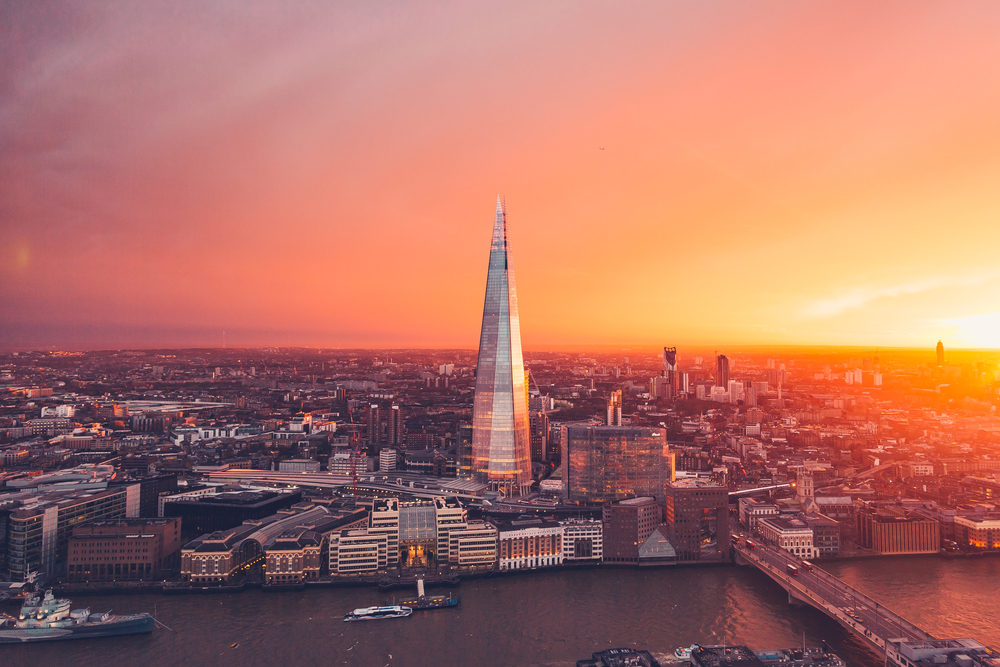#Visiting Piran for an unusual Venetian Holiday
Piran, also known as Piran of Istria, is a Slovenian town on the Adriatic coast of Istria. It is certainly known to most for its long pier and Venetian-style architecture, but there are indeed many unique aspects to this Slovenian town, let's explore them together!

Table of Contents
Piran, also known as Piran of Istria, is a Slovenian town on the Adriatic coast of Istria. It is certainly known to most for its long pier and Venetian-style architecture, but there are indeed many unique aspects to this Slovenian town, let’s explore them together!
Piran, an ancient Slovenian town
Piran, a tourist village in Slovenian territory, is situated on a rocky promontory. It is a town steeped in history and culture where you can feel the solemnity of ancient times and, at the same time, feel the sparkling air of a town in constant renewal. According to tradition, it was founded by exiles from Aquileia who were forced to leave their homes after the invasion of the Hun king Attila.
Most likely, its origins are even more ancient. It was probably inhabited for several centuries, although it was just a small community. Its development accelerated when, in 1283, it became politically united with the powerful Republic of Venice, which brought wealth and growth to Piran. Thanks to its commercial relations with Venice and the exploitation of nearby salt pans, Piran evolved and adorned itself with elegant palaces.
The bond with Venice was so strong that even after the fall of the Venetian Republic and the subsequent transfer to the Habsburg Empire, it did not dissolve completely. The connection with Italy remained strong despite the transition to the Habsburg Empire. After World War I, Piran briefly became part of the Kingdom of Italy.
However, after Istria passed to Yugoslavia, almost all Italians were forced into exile by the Yugoslav government. Those who remained, however, kept both the language and traditions alive. That’s why, many years later, with the birth of the Slovenian state, Italian was recognized as an official language in Slovenian Istria.
Historical events, and ties that were formed only to be destroyed by wars have never erased the affinity between Italy and Istria Slovenia. That is why you may still hear Italian being spoken during your holiday in Piran!
What to see in Piran
Piran is a very interesting village that has a lot to offer. Our advice is to start at its beating heart, Tartini Square!
Tartini Square
Tartini Square is dedicated to Giuseppe Tartini, the famous Slovenian violinist, composer (but also mathematician) born in 1692. In the centre of the square, Tartini’s statue will kick off your visit to Piran.
The square is truly beautiful, all surrounded by characteristic historical buildings and open to the sea through a corner that offers a very suggestive panorama. The square is embellished with numerous buildings in the typical Venetian architectural style. Their pastel-coloured facades and wooden shutters are particularly beautiful.
We recommend that you do not miss:
- the Prefecture Building: dating back to 1874;
- the Town Hall Building: dating back to 1878;
- the Venetian House: a 15th-century Venetian Gothic building with a beautiful corner balcony;
- the Tartini House: one of the oldest buildings in the city;
- the Church of St Peter: dating from 1272 but renovated in neoclassical style in 1818.
Monastery of St Francis
The Convent of St Francis was built before the 14th century, and still houses Franciscan Minor monks. The cloister is particularly beautiful and worth a visit. It is said to have excellent acoustics and is chosen as the venue for important musical events such as the Tartini Festival or the Serate Musicali Piranesi (Piran Musical Evenings).
St George’s Cathedral
The Cathedral of St George, the town’s patron saint, dominates Piran from a cliff. Originally a Gothic three-aisled church, it underwent several alterations in 1595 and 1637. Now there is a single, large nave and the ceiling is decorated with wood. The façade is the classic gabled façade and ends with a low gable with parts made of Rovinj stone.
The baptistery, on the other hand, is Baroque in style and was built more recently. A mixture of styles gives value and uniqueness to this cathedral overlooking the Gulf of Piran.
Magical World of Shells Museum
If you love something a bit more unique, especially if you visit Piran with children or teenagers, we suggest visiting the Magical World of Shells Museum. Right in the heart of Piran, you’ll find a vast collection of shells and seashells from all over the world. It’s definitely different from the usual tourist destinations and quite fascinating, don’t you think?
How to get to Piran
Piran is about twenty-five kilometres from the Rabuiese border crossing and the quickest and most convenient way to visit this beautiful town is by ferry from Venice. The ferries from Venice to Piran will allow you to organise your holiday in total comfort.
by venezialines.com
If you liked the article, do not forget to share it with your friends. Follow us on Google News too, click on the star and choose us from your favorites.
For forums sites go to Forum.BuradaBiliyorum.Com
If you want to read more Like this articles, you can visit our Trip & Travel category.




